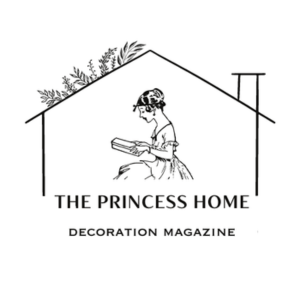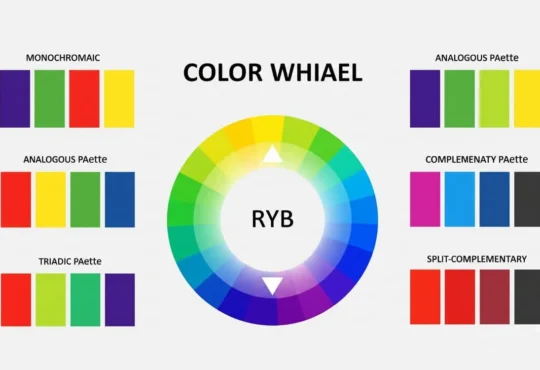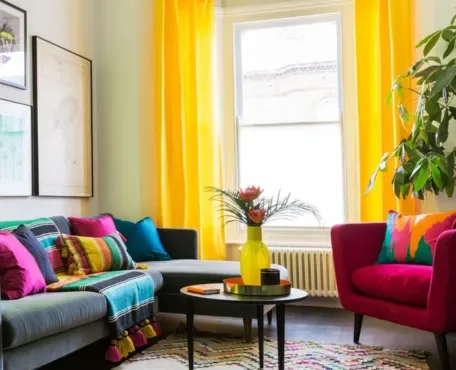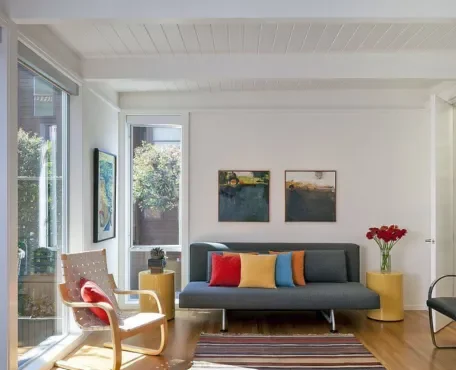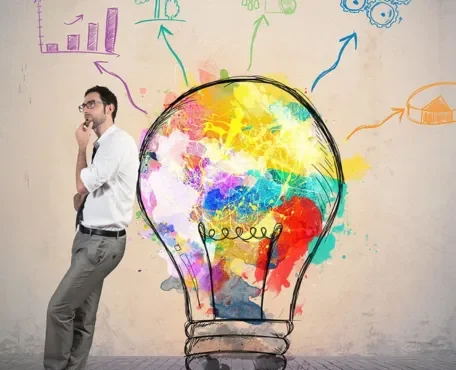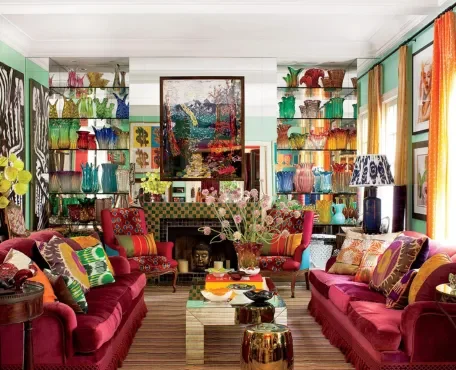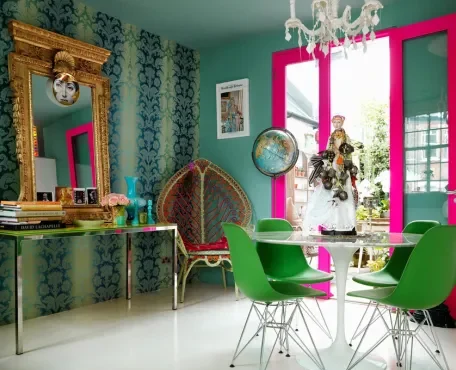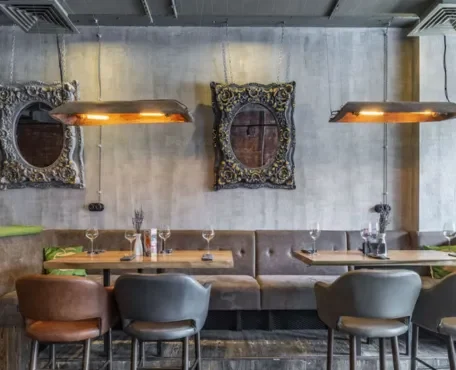
Color selection and application have always played a critical role in design, fashion, architecture, and various other fields. Over the years, advancements in technology and shifts in cultural and societal trends have significantly influenced the way colors are chosen and applied. This article explores the emerging trends and technologies shaping the landscape of color selection and application today.

1. Artificial Intelligence &Machine Learning
Artificial Intelligence (AI) and Machine Learning (ML) are revolutionizing color selection. These technologies enable designers to analyze vast amounts of data and predict color trends with greater accuracy. AI-driven tools can suggest color palettes based on historical data, current trends, and even user preferences. For instance, platforms like Adobe Color use AI to generate harmonious color schemes and provide real-time feedback to designers.
Key Developments:
Predictive Analytics: By analyzing social media, fashion shows, and market trends, AI can predict the next big color trends.
Personalized Color Suggestions: ML algorithms can learn user preferences over time and suggest personalized color palettes for individual projects.

2. Virtual Reality (VR) &Augmented Reality (AR)
VR and AR technologies are transforming the way colors are applied and visualized. These immersive technologies allow users to experience colors in a virtual space before making any real-world applications, making it easier to choose the right color for a given environment.
Applications:
Interior Design: Tools like Sherwin-Williams’ Color Snap Visualizer use AR to let users see how different colors will look on their walls in real-time.
Fashion: AR apps allow customers to virtually try on clothing in various colors before purchasing.

3. Digital Color Matching &Spectrophotometry
Precision in color matching is crucial in industries such as printing, textiles, and manufacturing. Digital color matching systems and spectrophotometers ensure that colors are reproduced accurately across different mediums and materials.
Advances:
Portable Spectrophotometers: These devices have become more compact and affordable, enabling on-the-go color matching.
Integration with Software: Many spectrophotometers now integrate seamlessly with design software, allowing for quick and accurate color matching.

4. Sustainable &Eco-friendly Colors
With growing awareness of environmental issues, there is a significant trend towards using sustainable and eco-friendly colors. These colors are derived from natural sources and produced through environmentally friendly processes.
Innovations:
Natural Dyes: There is a resurgence in the use of natural dyes made from plants, minerals, and other organic materials.
Low-VOC and VOC-free Paints: These paints have lower levels of volatile organic compounds, reducing their environmental impact and improving indoor air quality.
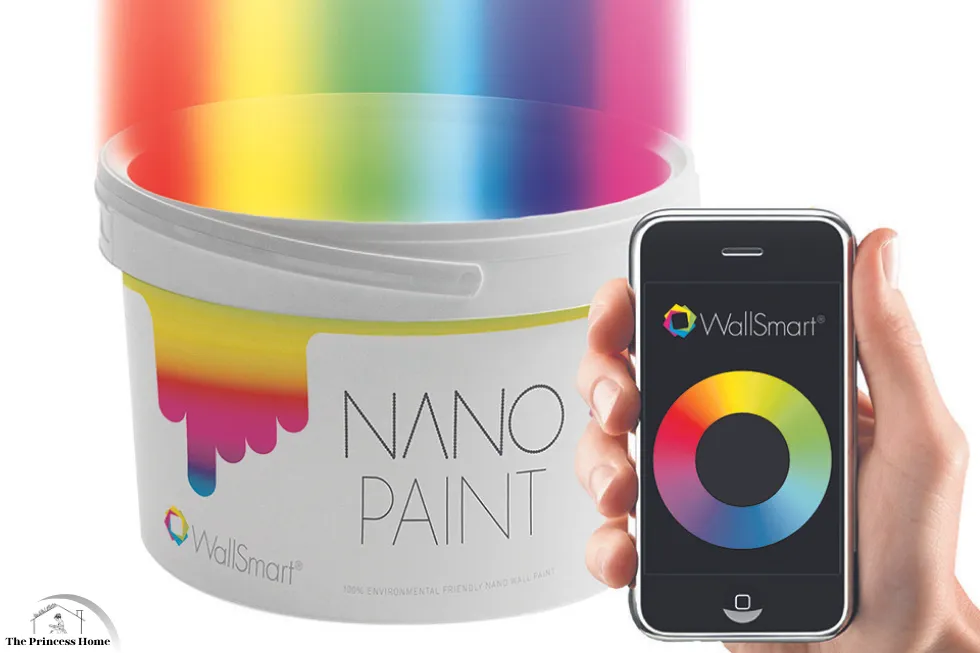
5. Smart Materials &Color-changing Technologies
Smart materials that can change color in response to environmental stimuli are gaining traction. These materials have applications in fashion, automotive design, and architecture.
Examples:
Thermochromic and Photochromic Materials: These materials change color with temperature and light exposure, respectively.
Electrochromic Devices: Used in smart windows and displays, these devices change color when an electric current is applied.

6. Cultural &Societal Influences
Cultural and societal trends continue to influence color choices. Globalization has led to a fusion of cultural influences, while social movements and generational shifts bring new perspectives on color symbolism and meaning.
Current Trends:
Inclusivity and Diversity: Colors that represent and celebrate diversity are becoming more prominent.
Minimalism and Maximalism: These opposing trends reflect different societal values, with minimalist designs favoring neutral palettes and maximalist designs embracing bold, vibrant colors.

7. Digital and Web Design Trends
In digital and web design, color trends are constantly evolving to enhance user experience and engagement. The use of color in UI/UX design is critical for creating intuitive and visually appealing interfaces.
Emerging Trends:
Dark Mode: Increasingly popular, dark mode uses dark color schemes to reduce eye strain and improve battery life on devices.
Gradients and Duotones: These techniques add depth and visual interest to digital designs.

8. AI-powered Color Forecasting Tools
AI-powered color forecasting tools are becoming essential for brands and designers to stay ahead of trends. These tools analyze vast datasets, including social media trends, runway shows, and consumer behavior, to predict upcoming color trends.
Leading Tools:
WGSN: This trend forecasting company uses AI to predict color trends up to two years in advance.
Pantone Color Institute: Leveraging big data, Pantone provides annual color forecasts that influence design decisions across multiple industries.

9.Personalization in Consumer Products
Consumers today demand more personalized products, and this extends to color choices. Brands are offering customizable color options for everything from electronics to home décor.
Innovations:
3D Printing: Allows for the creation of custom-colored products on demand.
Color Customization Apps: These apps let consumers choose and visualize custom colors for products before purchase.

10. Psychological &Emotional Impacts of Color
Understanding the psychological and emotional impacts of color is becoming increasingly important in design. Research into color psychology is helping designers create spaces and products that evoke desired emotions and behaviors.
Key Findings:
Color Therapy: The use of color in therapeutic settings to promote healing and well-being.
Branding: Companies use color strategically to convey brand identity and influence consumer perceptions.
Conclusion
The field of color selection and application is experiencing rapid advancements due to emerging technologies and evolving cultural trends. Specifically, from AI and AR to sustainable practices and personalized products, these innovations are reshaping how colors are chosen and used across various industries. Moreover, as technology continues to evolve, we can expect even more sophisticated tools and techniques to enhance the precision, personalization, and impact of color in our everyday lives.
Frequently Asked Questions (FAQs) Related to Emerging Trends and Technologies in Color Selection
1. How is AI used in color selection?
AI is used in color selection by analyzing large datasets to predict trends and generate color palettes. AI-driven tools can assess historical data, social media trends, and user preferences to suggest harmonious color schemes. Platforms like Adobe Color use AI to provide real-time feedback and personalized color recommendations.
2. What are the benefits of using AR and VR in color application?
AR and VR technologies allow users to visualize colors in a virtual environment before making any real-world applications. Consequently, this helps in making informed decisions by experiencing how colors look in different settings. For example, AR apps like Sherwin-Williams’ Color Snap Visualizer enable users to see potential paint colors on their walls in real-time, thereby reducing guesswork and enhancing satisfaction.
3. What is digital color matching, and why is it important?
Digital color matching ensures that colors are reproduced accurately across different mediums and materials. This is achieved through devices like spectrophotometers, which measure and match colors precisely. It’s crucial in industries like printing, textiles, and manufacturing, where color consistency is essential for quality control and brand integrity.
4. How are sustainable and eco-friendly colors made?
Sustainable and eco-friendly colors are made using natural dyes derived from plants, minerals, and other organic materials. Furthermore, these colors are produced through environmentally friendly processes that reduce harmful chemical use. Additionally, low-VOC and VOC-free paints minimize the release of volatile organic compounds, making them safer for the environment and improving indoor air quality.
5. What are smart materials, and how do they change color?
Smart materials are materials that can change color in response to environmental stimuli such as temperature, light, or electric current. For example, thermochromic materials change color with temperature, while photochromic materials change color with light exposure. Additionally, electrochromic devices change color when an electric current is applied. Various industries, including fashion, automotive design, and architecture, use these materials.
6. How do cultural and societal trends influence color choices?
Cultural and societal trends influence color choices by reflecting current values, attitudes, and social movements. Designers celebrate inclusivity and diversity through vibrant and diverse color palettes, for instance. Minimalism and maximalism trends also affect color preferences, with minimalist designs favoring neutral tones and maximalist designs embracing bold and vibrant colors.
7. What are the current trends in digital and web design related to color?
Current trends in digital and web design include the increasing popularity of dark mode, which uses dark color schemes to reduce eye strain and improve battery life on devices. Additionally, gradients and duotones are trending, adding depth and visual interest to digital designs.
8. How do AI-powered color forecasting tools work?
AI-powered color forecasting tools analyze large datasets, including social media trends, runway shows, and consumer behavior, to predict upcoming color trends. Companies like WGSN and Pantone Color Institute leverage AI to provide accurate color forecasts, helping designers and brands stay ahead of trends and make informed decisions.
9. How is customization in consumer products related to color trends?
Customization in consumer products allows customers to choose and visualize custom colors for their purchases, meeting the growing demand for personalized products. Innovations like 3D printing and color customization apps enable consumers to select unique color options for items ranging from electronics to home décor, enhancing satisfaction and personal expression.
10. What is the significance of understanding the psychological and emotional impacts of color?
Understanding the psychological and emotional impacts of color is crucial for creating spaces and products that evoke desired emotions and behaviors. Additionally, research into color psychology helps designers use colors strategically to promote well-being, influence consumer perceptions, and strengthen brand identity. In therapeutic settings, designers might use calming colors, while in marketing, bold colors can energize and attract attention.
